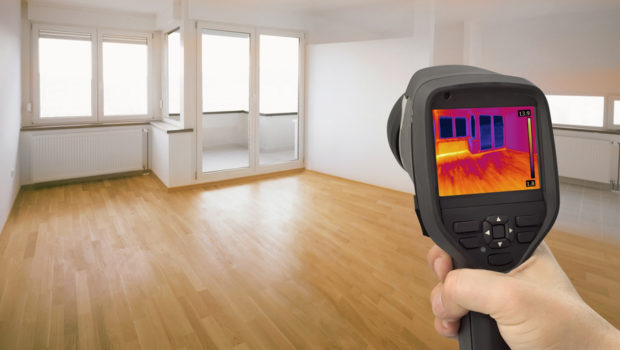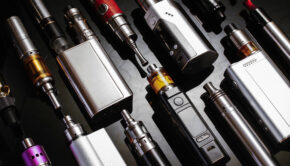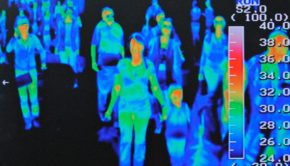The Thermal Evolution of Spy Cameras
Spy cameras have long been used by businesses and have recently become popular as a tool for home security. Traditional security cameras often capture footage at all times. But, these traditional recording systems have a downside: they collect too much video footage and often unnecessarily record nothing and no one.
The popular use of thermal imaging cameras emerged within the security sector for the above reason. The solution was to create a camera that only captures footage when an infrared object—an object emitting heat—is captured within the field of view (FOV). While thermal imaging cameras have just recently become popular among homeowners as a means of efficient home security, they aren’t a new concept. So, when did thermal imaging first appear?
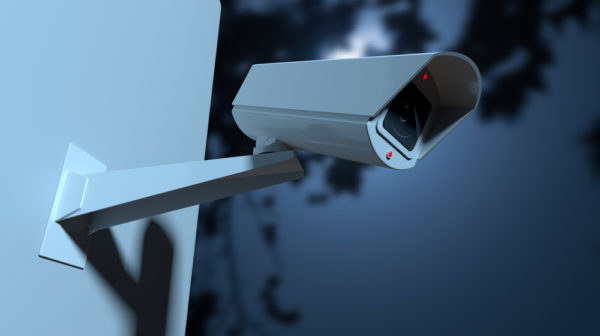
The Start of Thermal Imaging
In the year 1800, astronomer Sir William Herschel discovered the existence of infrared radiation thanks to a simple experiment. Herschel created a device that would allow sunlight to pass through a prism and come in contact with a thermometer. Once through, the prism would divide all entering light by color into separate light rays, which we call a spectrum—think of Pink Floyd’s Dark Side of the Moon album cover.
The importance here is that when the spectrum of light came in contact with a thermometer, it was found that the different wavelengths of light produced separate temperature readings. Herschel called this spectrum the infrared spectrum.
Infrared technology would advance onward from the time of Herschel. An American astronomer, Samuel Pierpont Langley, invented the bolometer in 1878. This device could detect and measure the infrared heat of an object from hundreds of meters away. In 1929, a Hungarian physicist, Kálmán Tihanyi, invented the first infrared camera in order to detect enemy aircraft for the British. This camera was one of the first implementations of thermography, the development of an image by utilizing infrared light.
Early Thermal Imaging Cameras
Following Tihanyi’s creation for the British military in 1929, thermal imaging cameras would continue to grow. Technology advanced before and during World War II so that armed forces could fight with more clarity. Night vision improved drastically during this time through a collaboration between the US Army and the Radio Corporation of America (RCA). This advancement would allow soldiers to see in low-light settings, considered here as near-infrared. The Nazi Wehrmacht even had their own version, known as the Vampir 1229.
The US Military continued developing technology even after the war, with the creation of the very first infrared line scanner in 1947. This project, completed with the help of Texas Instruments, only produced one image-per-hour. However, continued development has allowed this tech to take upward of 500 scans each second. Further, this tech can see people through buildings and the dense fog of smoke.
Thermal imaging would continue to become greater with time, eventually creating smaller, more efficient cameras that were more affordable.
Consumer Use of Thermal Imaging Cameras
Consumer use of thermal imaging cameras is a relatively new concept. First seen in popular media with the movie release of Predator (1987), regular advancements started moving thermal imaging cameras into the public’s hands and homes.
Smart infrared sensors allowed for the creation of more affordable thermal cameras to be produced and introduced to the consumer market. Soon enough, electricians were able to use infrared multimeters, and hobbyist photographers were able to implement infrared tech into their art.
The following are just a few examples of advancements brought to the public in the past few decades:
- Personal night vision devices for hunters
- Building inspection tools to check water pipes and insulation for leaks
- Medical testing equipment used for the detection of certain cancers
- Infrared-capable CCTV cameras installed in businesses and homes for added protection and security
- Infrared cameras used by paranormal professionals
- Automotive night vision equipment for safe driving
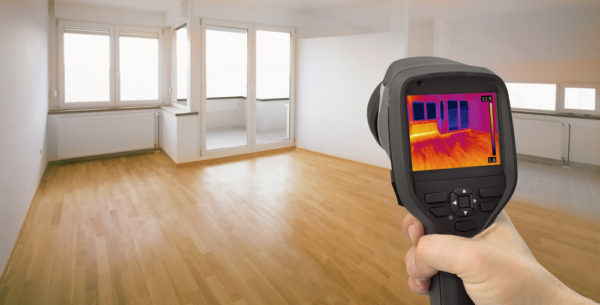
Continued Advancements for Thermal Imaging
Thermal imaging innovation has not stalled. In 2014, a smartphone attachment, known as the FLIR ONE, allowed users to access the infrared spectrum through their phone camera. Recently, the Caterpillar CAT S60 improved on this idea and integrated a FLIR Lepton directly into the phone itself, making it easier for contractors to access infrared technology without needing multiple devices.
Further technological growth includes improvements for the following:
- Drones: While some drones come equipped with infrared technology, it is easy for everyday users to attach small, infrared devices directly onto their drones
- Infrared Distance: The length to which a thermal imaging camera can efficiently capture footage has steadily increased over time. It is expected that high-tech lenses, such as telephoto lenses, will emerge in the coming years.
- Hands-Free Devices: The invention of smart glasses has made it easy to take footage and interact with the world entirely hands-free. It is reasonable to assume that infrared growth will expand to this market.
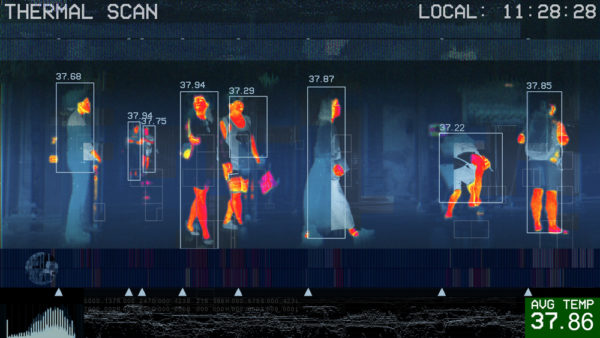
Infrared technology has grown by leaps and bounds over the past century. We, as consumers, should expect to see continued growth, with greater advancements appearing thanks to military and scientific research. Such night-vision capabilities, whether at their most basic or advanced, should continue to keep us safe and secure going into the future.

